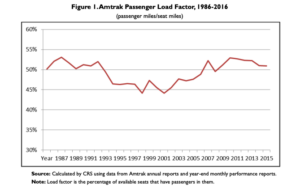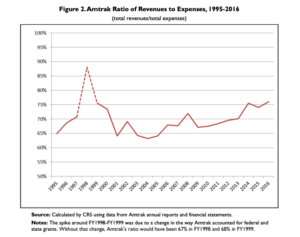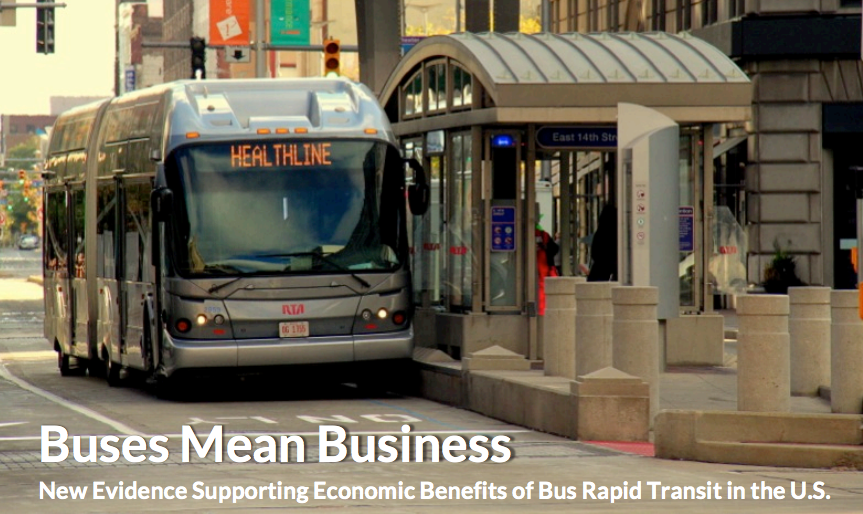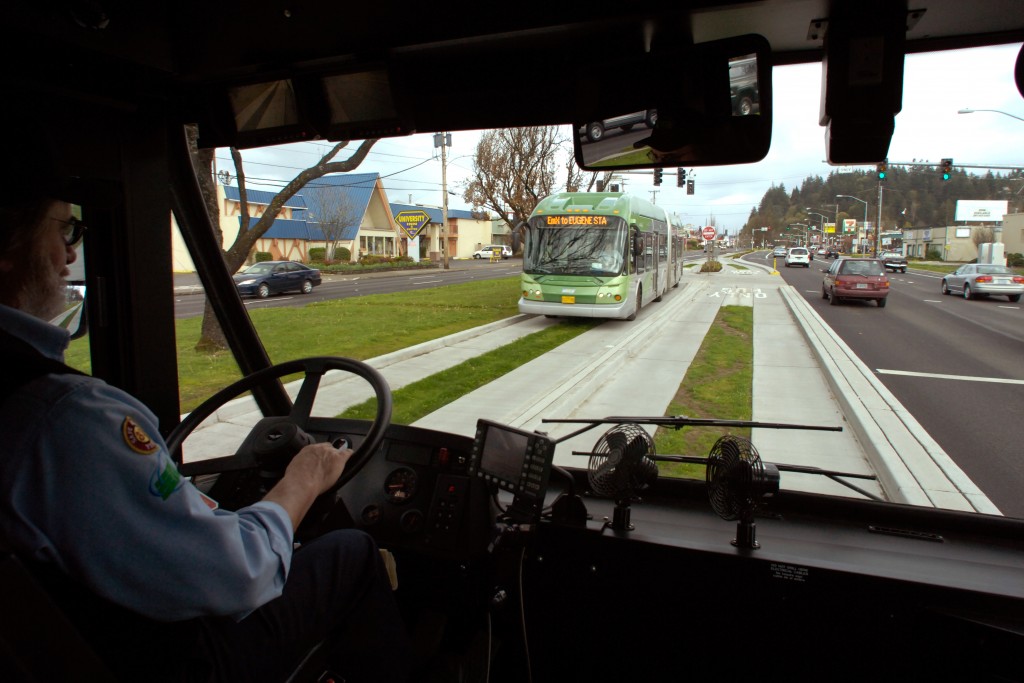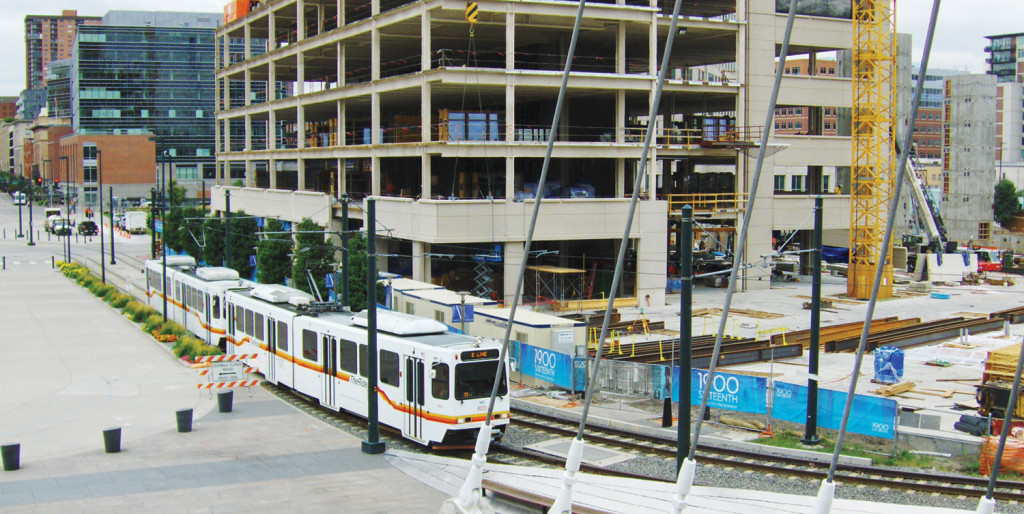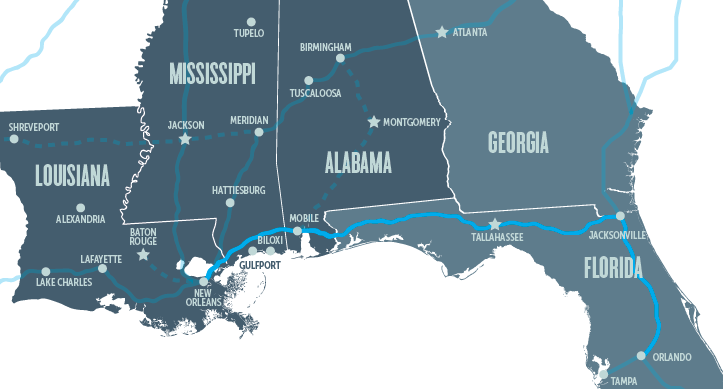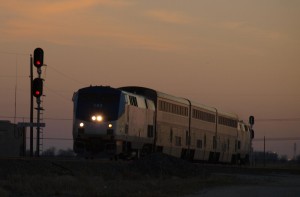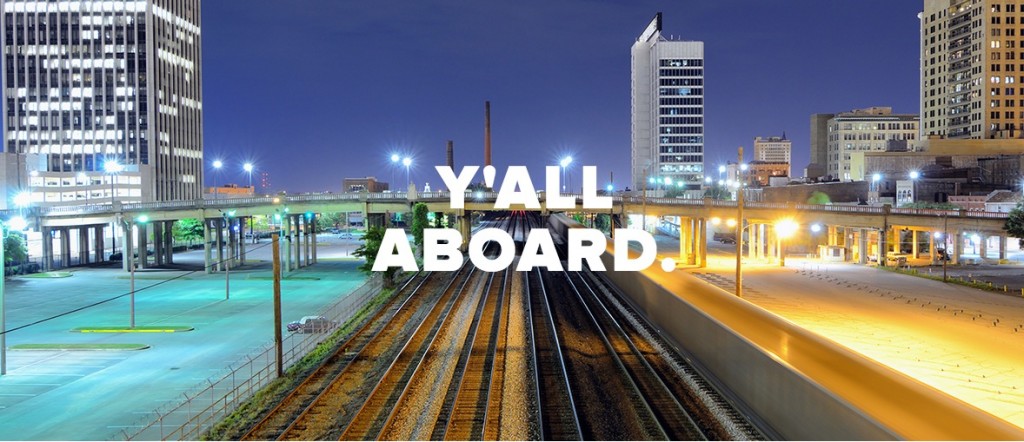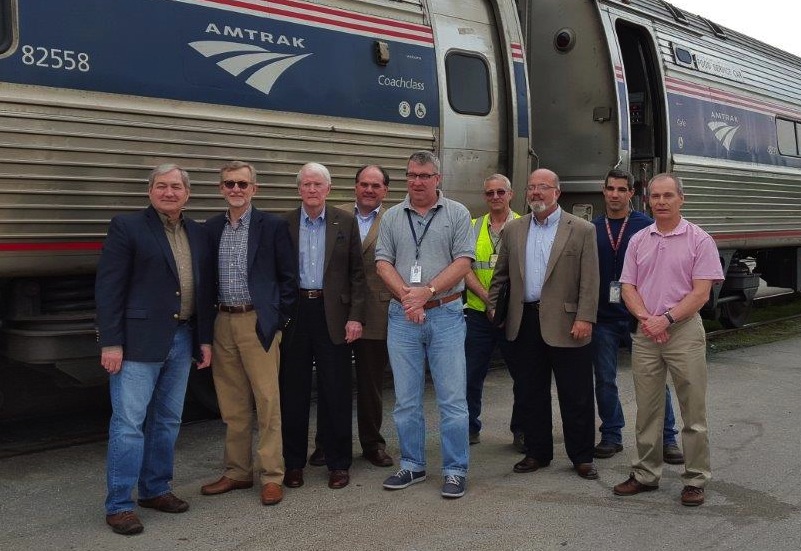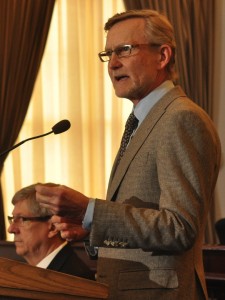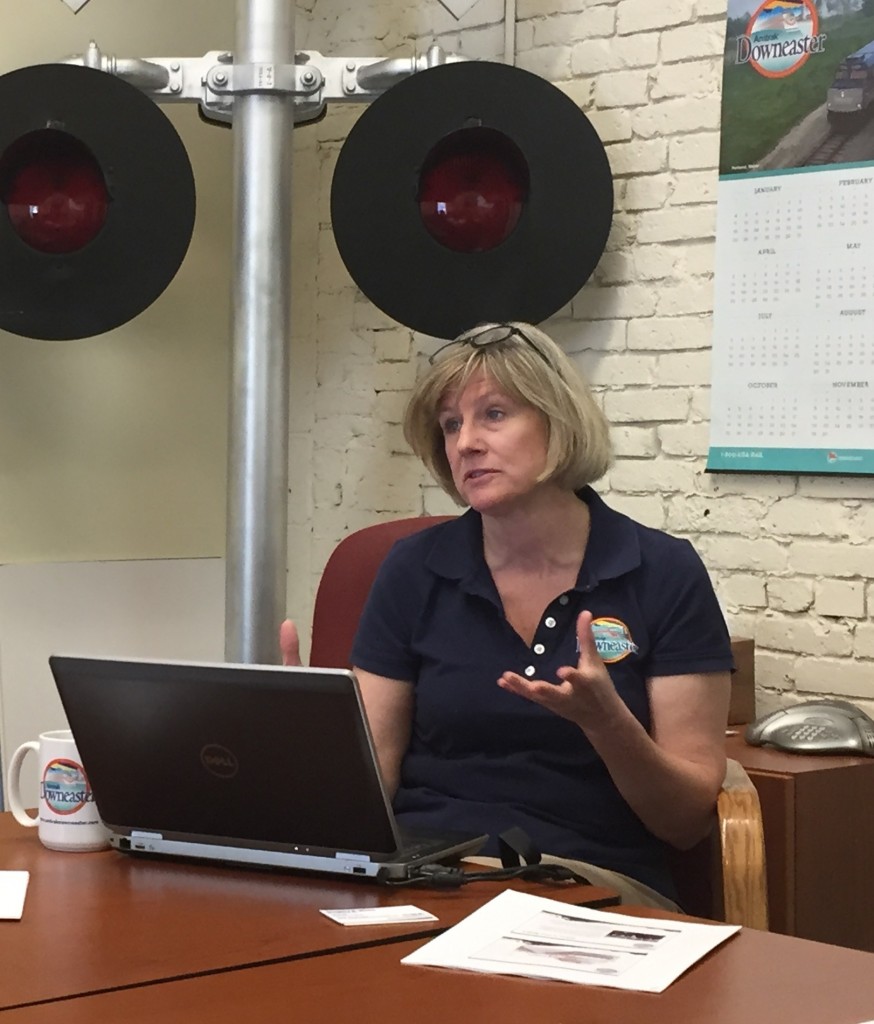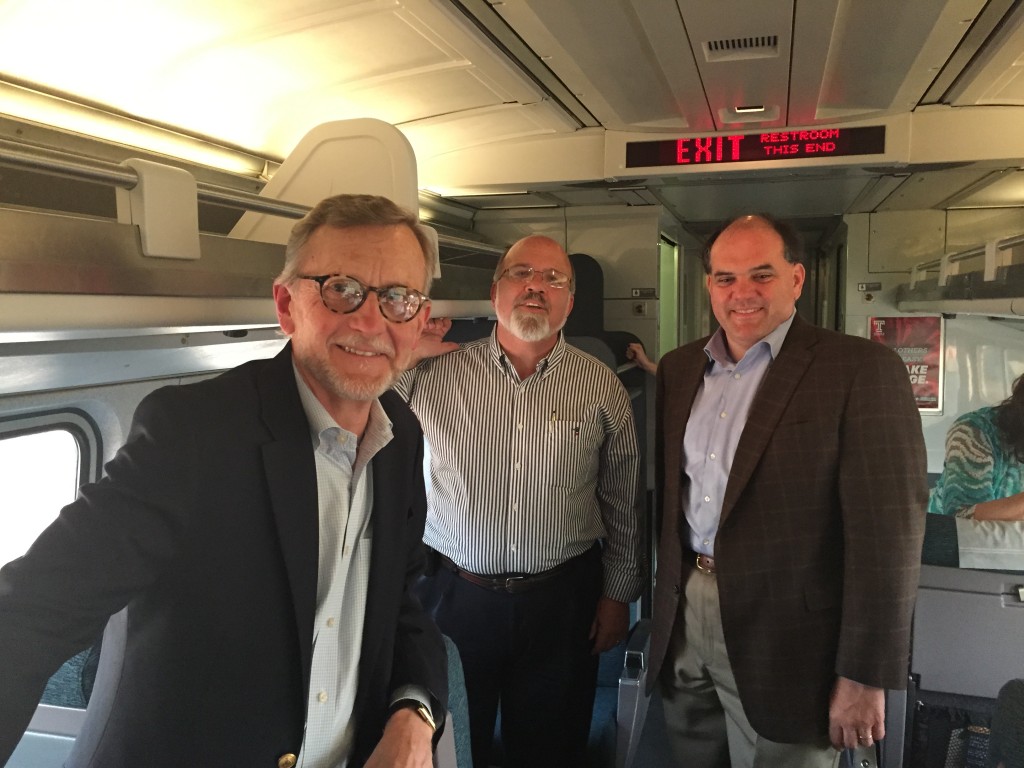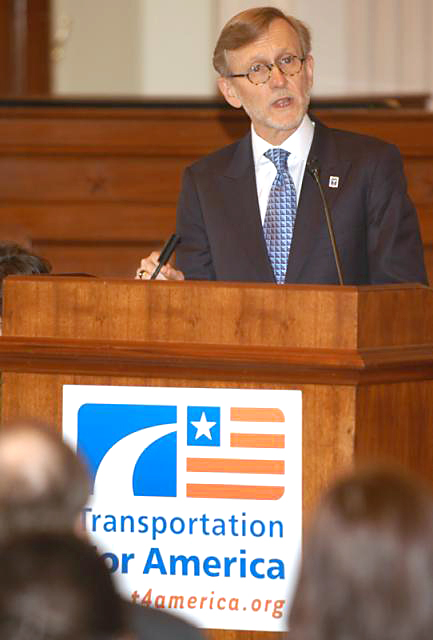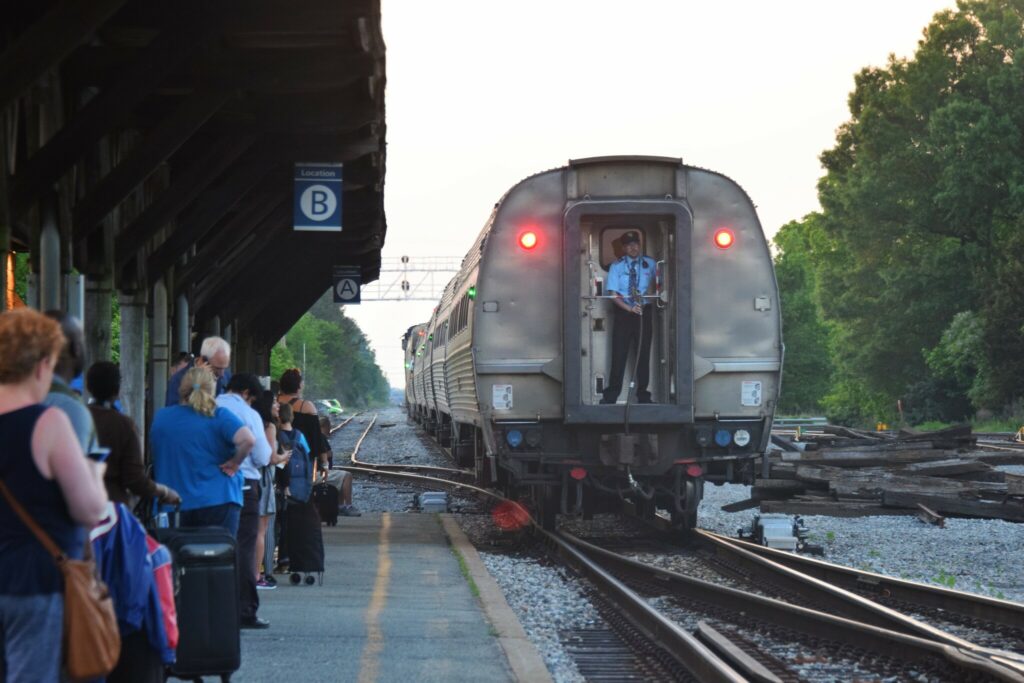
Amtrak has a workforce crisis on its hands. While the COVID-19 pandemic brought many of these problems to light, it did not create them. Mistakes by Amtrak’s leadership long before COVID-19 led to a slowly diminishing workforce and service impacts, which the pandemic exacerbated. Now, with a historic federal investment in passenger rail, how can Amtrak pivot and get back on the right track? The answer may lie in the company’s recent history.

John Robert Smith is Chair of T4America and policy advisor for Smart Growth America. He served for 16 years as mayor of Meridian, MS, whose Union Station, his signature project, is recognized as one of the best multi-modal transportation centers in the country. He then served on the Amtrak Board of Directors, where he shepherded the company through Congressional defunding, the launch of Acela, and the restoration of 7 day/week national service. At T4A, he now advocates for more equitable and regionally diverse expansion of national passenger rail service.
The history: Amtrak in crisis
In 1995, federal budget cuts slashed Amtrak’s budget to $750 million, a six-year low. Amtrak, facing Congressional pressure to reduce its expenses but wishing to preserve full Northeast Corridor service, suspended service from seven days per week to three days per week along much of the national network.
For John Robert Smith, then mayor of Meridian, Mississippi, that was an unworkable plan. He was overseeing the construction of the South’s first multimodal transportation center, with the city’s Union Station at its center. He knew, having planned for seven day/week rail service through his city, that cutting service to less than half would be an inefficient use of Amtrak’s resources, which would sit idle when not in service, still incurring fixed expenses. He watched Amtrak cut its workforce and service nationwide and feared this would cause long-term losses in ridership and not result in the cost savings Amtrak thought it would.
His fears came to pass. The Government Accountability Office (GAO) found that “during fiscal year 1996, Amtrak’s overall ridership dropped by 1.1 million passengers, or 5 percent, and anticipated reductions in operating costs were not realized on routes with reduced frequency of service.” Testifying before Congress in 2000, Amtrak President George Warrington admitted that “all of those eliminations back in 1995 and 1996 ended up costing the company more in lost revenue than we were able to take out in the way of expenses, given the fixed-cost nature of the operation.”
The change: Better trains, regardless of funding
Recognized by Congress for his successes in building the South’s first multimodal transportation center, Smith was appointed to the Amtrak Board of Directors in 1998. This meant he was thrust into the center of the effort to recover from the disastrous decisions made by Amtrak in 1995. He knew that three day per week service would result in inefficient use of staff and equipment. So he built relationships with both sides of the aisle in Congress, convincing Senate leaders to restore Amtrak’s national seven day per week service to much of the national network. For example, opposition to Amtrak funding had mostly come from Republicans, so Smith spoke with his senator, Trent Lott (R-MS), about the economic benefits of passenger rail for Mississippi, turning Lott into an ally within the party.
But Smith learned from very early on that Amtrak could not rely on steady funding to provide high-quality service. In 2000, Congress defunded Amtrak yet again, this time right before it launched the new high-speed Acela service (to much fanfare). While they did not have the money to boost the service as much as they would like, Amtrak was nonetheless dedicated to running high-quality trains. The Board personally ensured that on-board service on Acela trains would meet customer needs. They persistently marketed Acela as faster than air travel, even issuing a challenge for two reporters to race from the Washington, DC city center to Boston’s city center, one by airplane and one by Acela. The reporter on Acela arrived in Boston first. With airports located far from city centers and delays from air traffic control, weather, and security screenings, air travel was slower than Acela.
When Smith became Chairman of the Amtrak Board in 2002, the company had yet to fully recover from the previous decade’s workforce cuts despite eventually restoring Congressional funding. But Amtrak’s new president, David Gunn, was committed to building a stronger workforce from the ground up. Gunn visited railyards at 4:30 every morning to talk with the crews. He was committed to riding Amtrak to attend meetings so he could witness first hand the problems facing on-board crews. Morale among Amtrak’s labor force was high. Some employees printed t-shirts that read “Proud to Be Working Under the Gunn.”
Year to year, Amtrak’s ridership does not have a strong impact on its revenue. (Source: 2017 CRS report)
Due to the lapses in funding, Smith and Gunn often had to confront the possibility of bankruptcy. During the worst of their fiscal crisis, in the summer of 2002, they worked with the Bush Administration to secure an emergency $100 million loan to keep the company afloat. The loan conditions were hard, but the money kept Amtrak running and was critical to the rebuilding effort.
Despite stagnant federal support, high morale among workers translated to high-quality service. By 2007, Amtrak’s ridership reached a 15-year high. Despite some pressure to invest only in the “profitable” Northeast Corridor, Smith and the rest of the Board knew better. They had ridden the trains with their long-distance customers, who they knew would be loyal to Amtrak if Amtrak took care of them. Their success, on top of the honest relationships with Congressional staff built by Amtrak’s director of Government Affairs Joe McHugh, created trust in the halls of Congress. Smith, Gunn, and McHugh were able to convince senators like Lott, Frank Lautenburg (D-NJ), and Kay Bailey Hutchison (R-TX), who had little else in common, to serve as Congressional champions for Amtrak service through each others’ states. Smith, Gunn, and McHugh also developed relationships with Senate Appropriations leaders Robert Byrd (D-WV) and Thad Cochran (R-MS) to ensure stable federal funding for years to come.
Throughout his tenure on the Amtrak Board of Directors, John Robert Smith believed in long distance service and its ability to support the rest of the organization. Smith’s trust in the loyalty of long distance customers was later vindicated during the COVID-19 pandemic, when Amtrak was kept afloat largely by its long-distance customers outside the Northeast Corridor. As ridership continued to be depressed on the Northeast Corridor and state supported lines in April 2020, ticket revenues from long-distance trains rebounded much quicker, jumping 71 percent, from $6.8 million to $11.6 million.
Today: History repeats itself
The progress made by Amtrak leaders like Smith and Gunn is threatened by an Amtrak leadership that is repeating the mistakes the company made in the 1990s by once again furloughing much of its workforce and defunding its long-distance network.
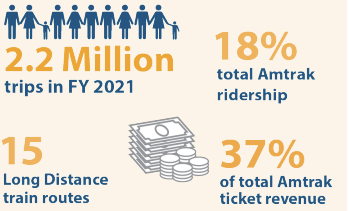
When the COVID-19 pandemic reached the United States in 2020, Amtrak leadership decided to furlough 11 percent of its workforce, with another 20 percent reduction in 2021. These reductions mostly affected the company’s loyal long distance customers despite overwhelming evidence that these types of actions do not reduce long-term expenses and can indeed make service recovery much more difficult. Now crews are demoralized, evidenced by Amtrak’s struggle to attract furloughed employees back to their jobs. Remaining staff are overworked, threatening safety and customer care.
The Infrastructure Investment and Jobs Act authorized a record $2.2 billion in annual funding for the national network, twice that of the Northeast Corridor. But as Amtrak proved in the late 1990s and early 2000s, funding does not guarantee high-quality service. And Amtrak is going in the wrong direction. Facing a drop in revenue due to the coronavirus Omicron variant in early 2022, Amtrak once again slashed long-distance service, hurting its most loyal customers. Many long distance routes have yet to recover.
John Robert Smith’s simple message for today’s Amtrak leadership
“Ride the trains unannounced and individually. See the same service your customer does. Ride lines other than the Northeast Corridor, and more than once. Leaders like myself and David Gunn knew what the company’s workforce and riders needed to thrive because we used the service we were providing nationwide. We moved our monthly board meetings out of Washington two or three times per year and traveled there on our trains.
Talk to the crews. Ask what they need. Ask them what it’s like to work an entire train alone. Talk to coach passengers who are not allowed to purchase meals from the diner if they don’t carry cash or if delays cause passengers to board after food service has ended. Many of them, especially along lower-income, more rural sections of the national network, do not own a credit card. Eat the food on the trains, which is often unhealthy and undesirable.
Focus on long-distance service. We’re seeing an increase in remote work, so business and commuter passengers might not come back to riding Amtrak. But long-distance passengers have proven their desire for more frequent trips.”
As Amtrak has proven in the past, success with long-distance customers can translate into success in Congress. Amtrak developed champions like Trent Lott and Frank Lautenburg in the past, and can develop champions like Roger Wicker and Maria Cantwell today. If Amtrak engages with its passengers and provides regionally diverse service, it can make passenger rail an issue of national consensus with allies across the aisle.
None of these goals are easy to achieve. They will require diligent time and effort. But they will pay off. At a time when Amtrak has unprecedented funding and national attention, the moment is too great to pass up.




